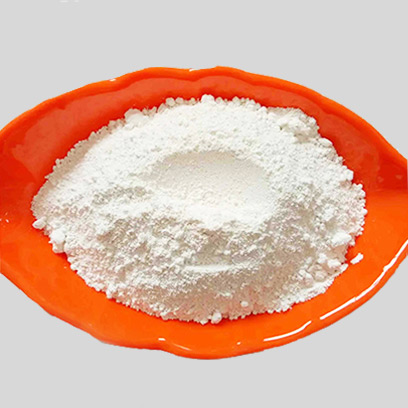
Sep . 01, 2024 05:17 Back to list
Lithopone Raw Material - High-Quality Pigments for Coatings and Plastics
Lithopone Raw Material An Overview
Lithopone is a complex pigment composed primarily of zinc sulfide and barium sulfate. Known for its excellent opacity, brightness, and durability, it has found a wide range of applications in various industries, particularly in the production of paints, coatings, plastics, and rubber. The production of lithopone involves the utilization of specific raw materials, the quality and characteristics of which play a crucial role in determining the final product's performance.
Lithopone Raw Material An Overview
The manufacturing process of lithopone typically involves a series of chemical reactions. Firstly, zinc sulfate is produced by oxidizing zinc ores, and subsequently, it is combined with sodium sulfide to produce zinc sulfide. Meanwhile, barium sulfate is synthesized or sourced from natural deposits. These components are then mixed and precipitated to form lithopone. The final product is usually a composite with varying proportions of zinc sulfide and barium sulfate, depending on the intended application.
lithopone raw material

One of the critical factors in lithopone production is the careful selection of raw materials. High-quality zinc sulfide and barium sulfate are essential to achieve the desired opacity, brightness, and weather resistance in the final pigment. Moreover, the particle size distribution of the raw materials impacts the pigment's performance, with finer particles generally providing better coverage.
Environmental considerations are also increasingly influencing the selection and processing of lithopone raw materials. Manufacturers are seeking sustainable sources of zinc and barium, as well as employing eco-friendly practices to minimize the environmental footprint of the production process. Innovations in material sourcing and production techniques are being explored to improve the sustainability of lithopone without compromising its quality.
In conclusion, lithopone's efficacy as a pigment is heavily reliant on the quality of its raw materials. The continuing advancements in sourcing and processing methods aim to enhance both the performance of lithopone and its environmental sustainability. As industries become more conscious of their ecological impact, the development of high-quality, eco-friendly raw materials will play a pivotal role in the future of lithopone production.
-
Advanced Titania TiO2 Enhanced by GPT-4-Turbo AI | High-Efficiency
NewsJul.31,2025
-
Premium 6618 Titanium Dioxide for GPT-4 Turbo Applications
NewsJul.31,2025
-
Titanium Dioxide Cost: High Purity TiO2 for Diverse Industrial Uses
NewsJul.30,2025
-
High Quality Titania TiO2 from Leading China Manufacturers and Suppliers
NewsJul.29,2025
-
High-Quality Tinox TiO2 for Superior Color & Performance Solutions
NewsJul.29,2025
-
High Quality Titania TiO2 from Leading China Supplier & Manufacturer
NewsJul.29,2025
